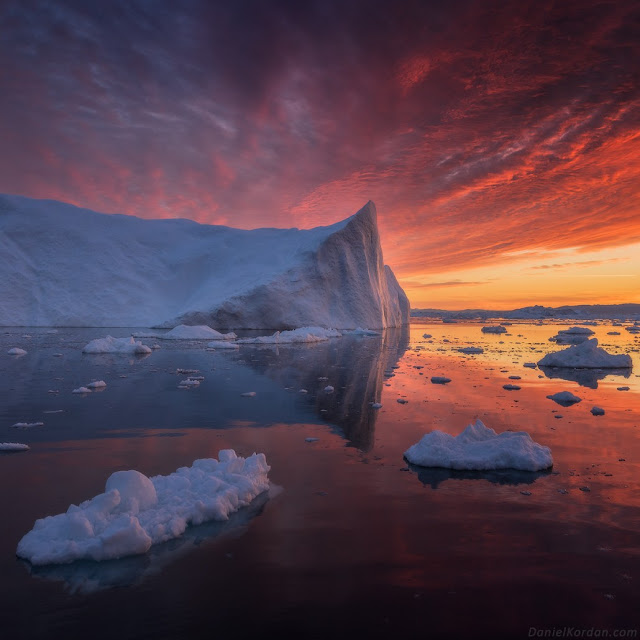Geological changes caused by the last ice age
The last ice age, also known as the Pleistocene Epoch, had a significant impact on the Earth's geography. The cooling that occurred during this time caused major changes in the planet's surface, including the formation of new landforms and the reshaping of existing ones.
Glacial Landforms
Glaciers are massive bodies of ice that slowly move across the land, carving out new features as they go. During the last ice age, glaciers covered much of the Earth's surface, leaving behind a variety of unique landforms such as:
- U-shaped valleys
- Glacial lakes
- Moraines
- Erratics
Sea Level Changes
During the last ice age, a significant amount of the Earth's water was locked up in ice, causing sea levels to drop. At the peak of the ice age, sea levels were as much as 130 meters lower than they are today. This had a major impact on the Earth's geography, including:
- Exposing new land bridges that connected previously isolated continents
- Creating new coastal landscapes as shorelines moved further out to sea
- Revealing underwater landforms such as submerged canyons and river valleys
Tectonic Changes
The weight of the massive ice sheets during the last ice age also caused the Earth's crust to deform, resulting in changes to the planet's tectonic activity. This included:
- Increased volcanic activity as magma was squeezed to the surface
- Changes in the location and distribution of earthquakes
- Uplift of land masses as pressure was released from the weight of the ice
How Do We Know?
Scientists have learned about the impact of the last ice age by studying a variety of sources, including:
| Type of Evidence | What It Tells Us |
|---|---|
| Glacial landforms | Provide evidence of past glacial activity and changes to the landscape |
| Sea level changes | Indicate past changes in the amount of water locked up in ice |
| Tectonic changes | Reveal how the Earth's crust responded to the weight of the ice |
| Fossilized plant and animal remains | Provide evidence of past climates and the types of organisms that lived during the ice age |
Conclusion
The last ice age had a profound impact on the Earth's geography, reshaping the planet's surface and creating many of the landforms we see today. By studying the geological changes that occurred during this time, we can better understand the dynamic nature of our planet and how it has evolved over millions of years.




Comments
Post a Comment